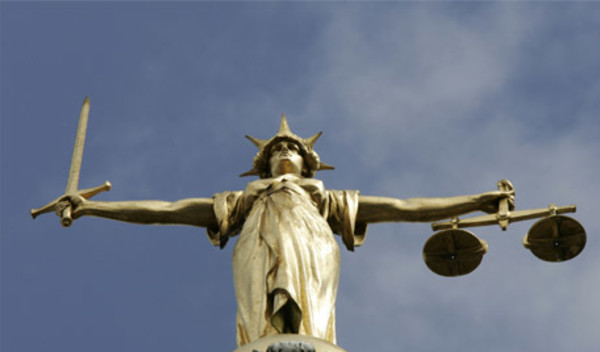

In Hinton v Wotherspoon [2016], heard in the High Court in May, the judge upheld an earlier decision in the case of Horton v Henry [2014] that undrawn pension amounts were not funds to which the bankrupt individual was entitled, and therefore could not be made subject to an income payments order (IPO) in bankruptcy claims.
The implications of the Hinton v Wotherspoon ruling are more pronounced following pension freedoms, because people can access their entire pension fund from age 55 and so the bankrupt’s whole fund is potentially at risk, according to AJ Bell.
Currently a trustee in bankruptcy does not have immediate access to an individual’s pension plan if no income is being drawn.
They can, however, use an Income Payments Order (IPO) to access any income to which the bankrupt individual becomes ‘entitled’.
The issue over whether or not undrawn pensions can be subject to an IPO has been confused by two conflicting decisions.
In the 2012 case of Raithatha v Williamson, the High Court held that an undrawn pension could be included in an IPO.
It also confirmed that any lump sum payments which the bankrupt person could opt for under the pension schemes rules counted as income, not just pension payments. AJ Bell stated this means if someone facing bankruptcy was above the minimum pension age of 55 the court could force them to make an election to draw down on the pension in order to satisfy an IPO.
Then in 2014, the case of Horton v Henry saw the High Court hold that undrawn amounts were not funds to which the bankrupt individual was entitled, and therefore could not be made subject to an IPO.
In this year’s Hinton v Wotherspoon case, the High Court ruled the approach in Horton v Henry was “plainly correct”.
If over the age of 55 and an election to take benefits had not been made, the mere existence of a drawdown fund is not sufficient to establish an ‘entitlement’ for the purposes of an IPO.
This is because at the point of taking benefits there are still decisions to be made – to take a lump sum, to take a drawdown income, to buy an annuity or to leave the funds untouched.
The Horton v Henry case is currently being appealed. It was heard in May, with the judgment due shortly.
Mike Morrison, head of platform technical at AJ Bell, explained: “If the Raithatha ruling became a legal precedent or the Horton judgment were reversed, it could cause serious issues for those facing bankruptcy following the introduction of the pension freedoms.
“When the Raithatha judgment was passed, the maximum that could be drawn from a pension fund (so to which an individual became ‘entitled’) was restricted,” he stated.
“After 6 April 2015 this was no longer the case. The whole fund could be taken using the pension freedoms and therefore the whole fund value could have been included in the IPO.”
Mr Morrison added that Horton v Henry made more sense, as it restricted the amount that can be included in the IPO, while the latest case also better reflects the original aim of the law.
In time for the at-retirement reforms last year, guidance issued by the Insolvency Service stated individuals will be prevented from applying for bankruptcy or a ‘debt relief order’ if they have a pension which could clear their debts and that they are legally entitled to access.
David Trenner, technical director at Intelligent Pensions, pointed out in Raithata v Williamson, Mr Williamson used funds from the business to fund an executive pension plan and it was argued that without this the employer would not have gone bust.
“This case seems to have been decided against bankrupts on ‘moral’ grounds, but were they legal grounds? Horton and Hinton both look a bit more logical, but once again there is an issue arising from George Osborne’s pension freedoms which he clearly had not considered when he made his big announcement,” he stated.
“If the bankrupt had been drawing income from all of his pension funds does this mean the trustee in bankruptcy could have the full fund, now there is no maximum withdrawal?”
peter.walker@ft.com



